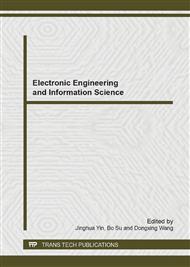p.677
p.683
p.688
p.695
p.701
p.709
p.713
p.717
p.724
Study on Fault Diagnosis Method for Nuclear Power Plant Based on Fuzzy Rough Sets and Decision Tree
Abstract:
The technology of real-time fault diagnosis for nuclear power plants (NPP) has great significance to improve the safety and economy of reactor. Nuclear power plants are complex system, which collect and monitor the vast parameters. A parameter reduction method based on fuzzy rough sets was proposed. According to the characteristics the parameters were fuzzed, and they were reducted using the algorithm of forward greedy search. The decision tree was applied to learn from training samples which were the typical faults of nuclear power plant, i.e., loss of coolant accident (LOCA), feed water pipe rupture, steam generator tube rupture (SGTR), main steam pipe rupture, and diagnose by using the acquired knowledge. The result shows that this method can diagnose the faults of the NPP rapidly and accurately.
Info:
Periodical:
Pages:
701-705
Citation:
Online since:
July 2014
Authors:
Price:
Сopyright:
© 2014 Trans Tech Publications Ltd. All Rights Reserved
Share:
Citation:


